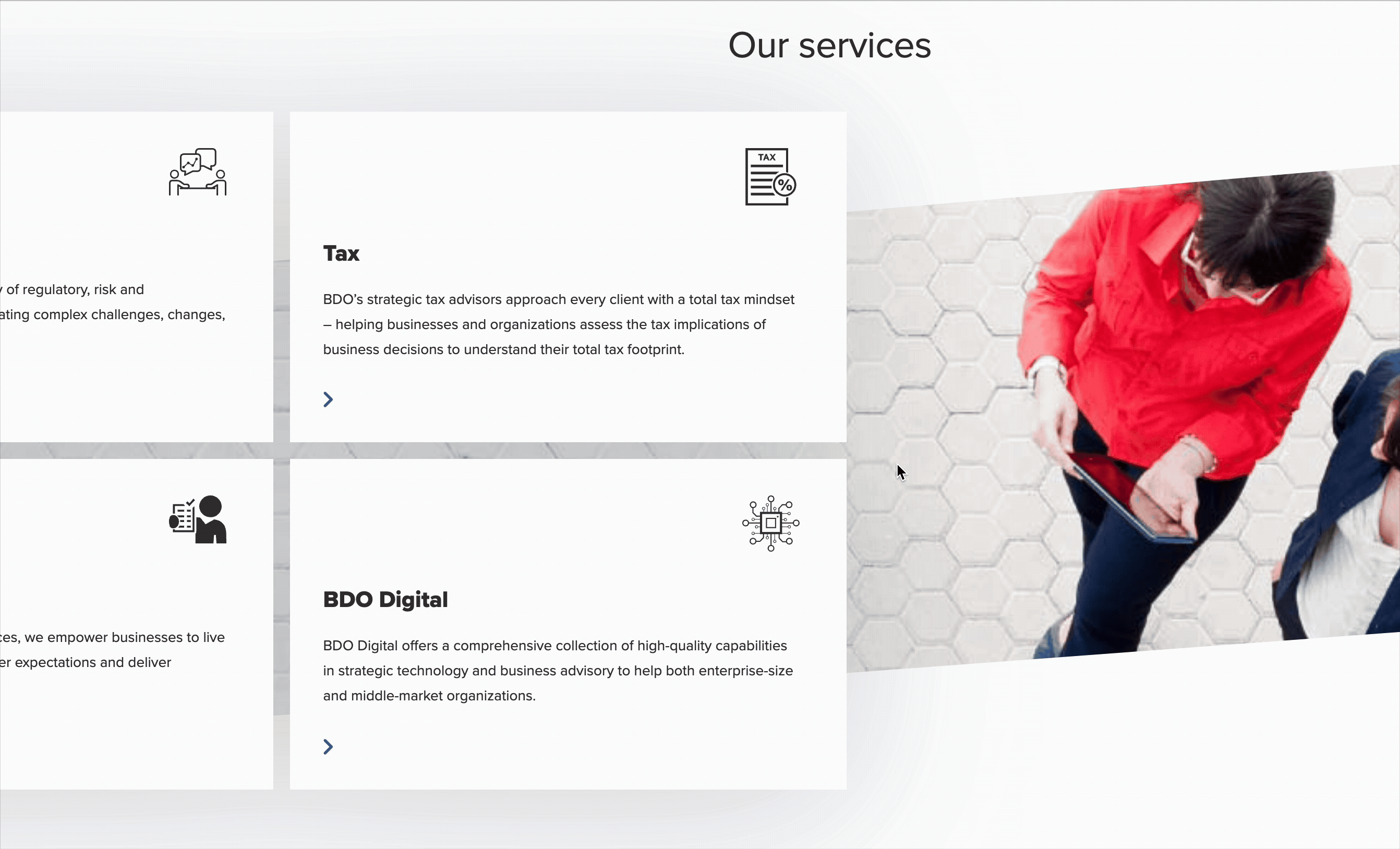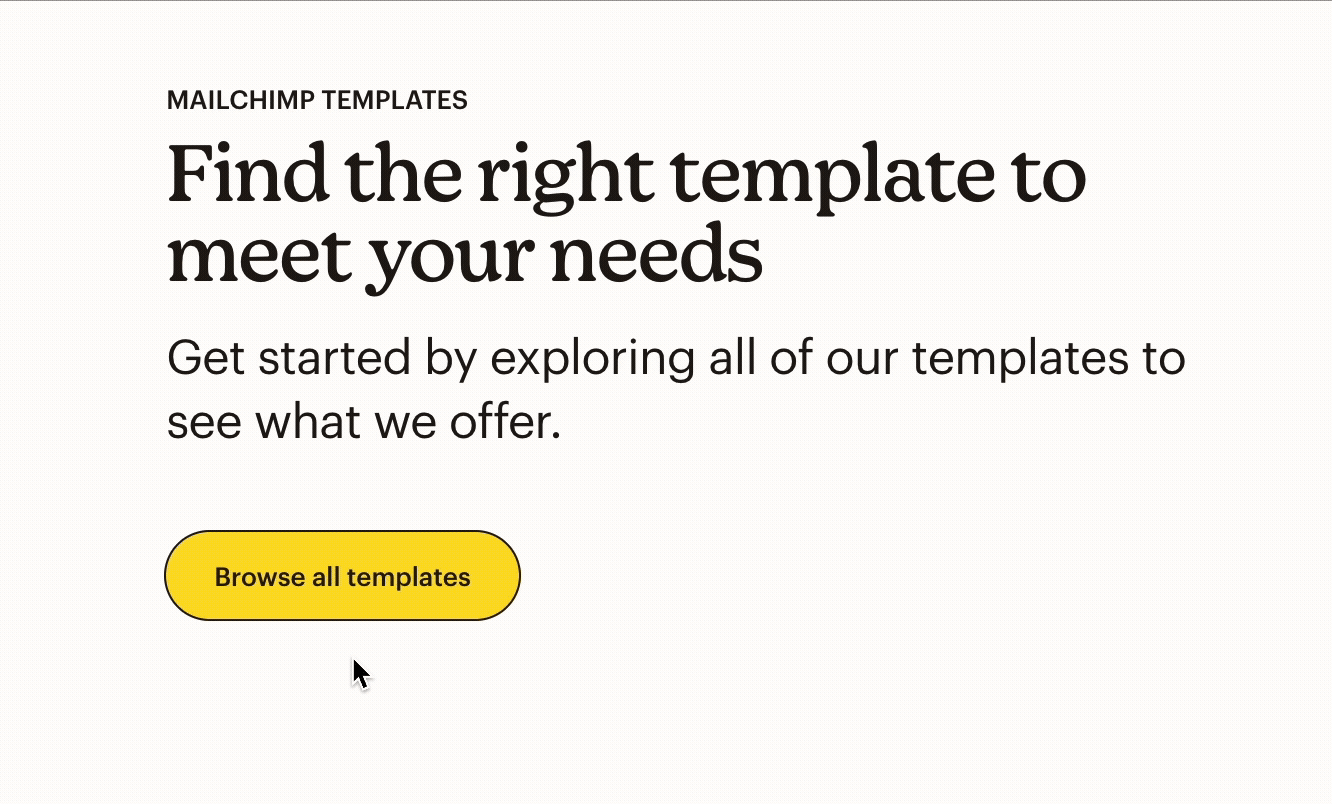When people think of branding, the first thing that comes to mind is often the logo—the cornerstone of a brand’s visual identity. But great branding goes much deeper. A brand is a relationship, a reflection of every interaction customers have with a company or product, and when intentionally managed, it builds equity over time. In modern web and app design, this relationship is woven into every click, scroll, and interaction a user makes.
This article explores how thoughtful web design communicates your brand far beyond its logo, creating meaningful connections with users.
Logos, type, and graphics are visual anchors, but they can’t fully represent what your brand stands for. Think of a book cover—it draws people in, but the real substance lies inside. This is where the brand experience comes in.
Brand Identity vs. Brand Experience:
Apple has been at the forefront of modern web design for decades, being early and enthusiastic adopters of the web as a tool for building brand loyalty. Their logo is iconic, but what truly defines their brand is the seamless, intuitive experience users have across their website, devices, and stores.
Interactivity is where brands come to life on the web. From hover effects to page transitions, the way a website responds to user actions should convey elements of a brand’s voice.
Small animations—like a button changing color when clicked—add personality and make the interface feel responsive.
A fun, youthful brand might use playful animations and bright colors.
A professional, corporate brand might opt for clean lines, snappy movement, and more sophisticated color palettes.

Mailchimp’s web design uses considered microinteractions to help support their easygoing and approachable brand voice. Their buttons are chunky and bright, and animate with an appealing, tactile bounce that invites you to click. Across the site, hover animations are clean, quick, and have just the right amount of easing to put users… at ease.

At the heart of every great brand is a story, and great web design knows how to tell it. Storytelling in web design isn’t just about text—it’s about guiding users through a visual and emotional journey using carefully considered interactions and layout.
Scroll-based animations, parallax effects, and video content engage users in a natural way that allows them to experience the brand story at their own pace.
Intentional use of typography, imagery, and wayfinding elements help users navigate the content intuitively. This makes the brand story easier to internalize and builds trust and confidence.
Traditional elements of a brand’s identity, such as color schemes, typography, and imagery, can all evoke emotions that align with brand values. When used in conjunction within a cohesive narrative, their implied meaning becomes more apparent and significant.
Patagonia’s website seamlessly tells its story of environmental activism through powerful imagery, customer stories, and calls to action that support sustainability. At the bottom of their homepage, they feature blogs that highlight their company values, supported below with their values spelled out in black and white with simple, direct iconography to drive home the message.

A website’s user experience (UX) is a less obvious, but often the most memorable, aspect of a brand. If users find your site easy, enjoyable, and helpful, it reflects positively on your brand. If it’s clunky or frustrating, that impression sticks.
Smooth navigation, intuitive layouts, and clear calls-to-action show that you value your users’ time and have considered their needs.
Consistent use of color, fonts, and tone builds familiarity and trust. The more aspects of your brand that you define, the more control you have over how audiences interpret it.
Designing for all users, including those with disabilities, communicates inclusivity—a core value for many modern brands.
Spotify’s UX is clean and intuitive, making it easy for users to discover and manage their music. Content is arranged hierarchically and uses simple shapes and colors to quickly train users on their visual language, empowering them to explore with confidence. This consistency and usability across all devices strengthens their brand identity.

When web design is aligned with brand identity, users don’t just visit your site—they experience your brand. Thoughtful design choices create emotional connections, encourage user engagement, and build loyalty. Every interaction, from a hover effect to a checkout process, should feel intentionally on-brand.
A strong visual identity catches people’s attention, but it’s the holistic brand experience that makes them stay—and come back. A carefully planned and executed website offers nearly limitless opportunities to tell your brand story and build lasting relationships with customers.
Think about your website. Does it simply look like your brand, or does it feel like it, too? Connect with BizStream and expand your brand’s reach across every device.

Stay up to date on what BizStream is doing and keep in the loop on the latest in marketing & technology.